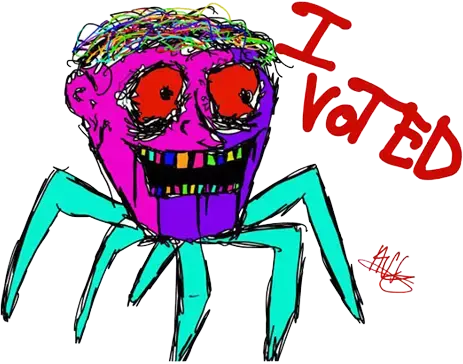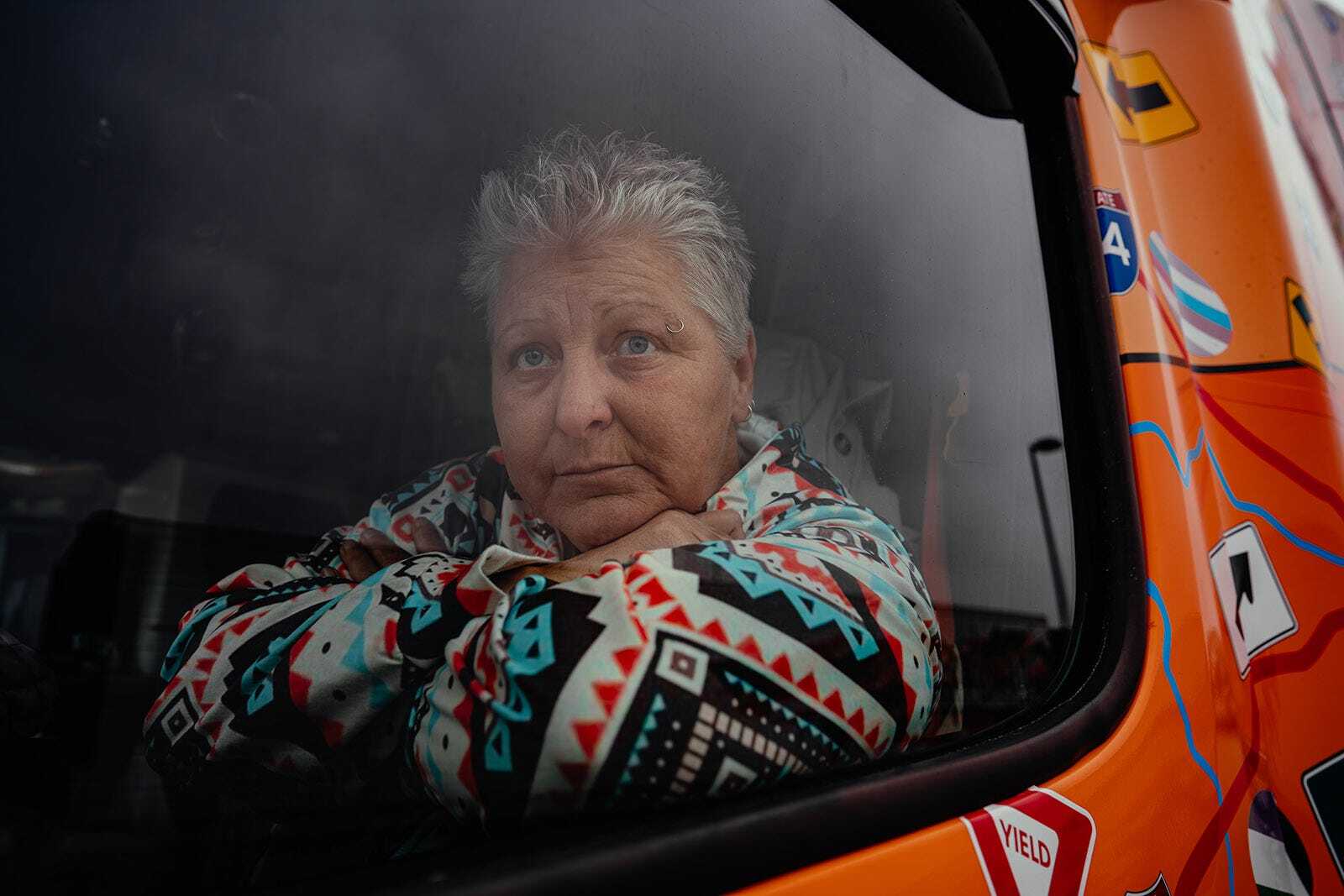Nearly half of Americans now identify as independent—not necessarily because they’re centrists, or moderates, but because neither party reflects their views.
That’s because, over the past several decades, the parties have switched places, leaving tens of millions of voters unsure about what they stand for or where they belong, Yuval Levin, a senior fellow at the American Enterprise Institute and the author of A Time to Build, about reviving the American Dream, told me.
Levin described two axes in American political life—one right-left, and the other insider-outsider. Traditionally, the party of the right has been the party of the inside—the establishment—and the left has fought for those on the outside—the poor, the disenfranchised.
"But in the twenty-first century, they’ve switched sides," he said. "Democrats are the elites, and Republicans feel like they’re fighting the establishment."
One way to think about it, said Michael Lind, author of The New Class War: Saving Democracy from the Managerial Elite, was geographic: "From Lincoln to Reagan, New England, the Upper Midwest and the Great Lakes, and the western states were the Republicans, and now they’re the Democrats—while the interior was all the Democrats, and now they’re the Republicans."
This switch has "created a huge amount of confusion, because it’s happened without either party recognizing it," Levin added. "Republicans have gotten pretty comfortable with it, while Democrats are very uncomfortable being the insider party."
That’s because it’s "political suicide" to acknowledge you’re the party of the elite, Thomas Edsall, a New York Times columnist who has reported on national politics for a half-century, told me.
"Democrats are elite, but they can’t say it," Edsall said.
Consider that, in 2016, the median home price of a Hillary Clinton voter was $640,000, while that of a Trump voter was $474,000. In 2018, Democrats took control of the 10 wealthiest congressional districts in the country—all of them on the coasts, mostly in New York and California. Of the top 50, they held 41.
And, increasingly, Democrats recruit their future leaders—their ideas—from a handful of universities that cater to the American elite.
From 2004 to 2016, 20 percent of all Democratic campaign staffers came from seven universities: Harvard, Stanford, New York University, Berkeley, Georgetown, Columbia, and Yale. By contrast, the University of Texas, Austin; Ohio State University; and University of Wisconsin–Madison provided the most Republican staffers.
The reasons for the Great Scramble are legion and stretch back decades, if not longer: the breakup of the Democrats' New Deal coalition, the end of the Cold War, globalization, the internet, the decline of organized religion and the two-parent family, the forever wars, the opioid and fentanyl crises.
"Things are definitely in flux," Michael Lind said.



Uh, Yuval Levin is a right-wing hack, just saying...
And honestly, the Republicans are the same as ever.